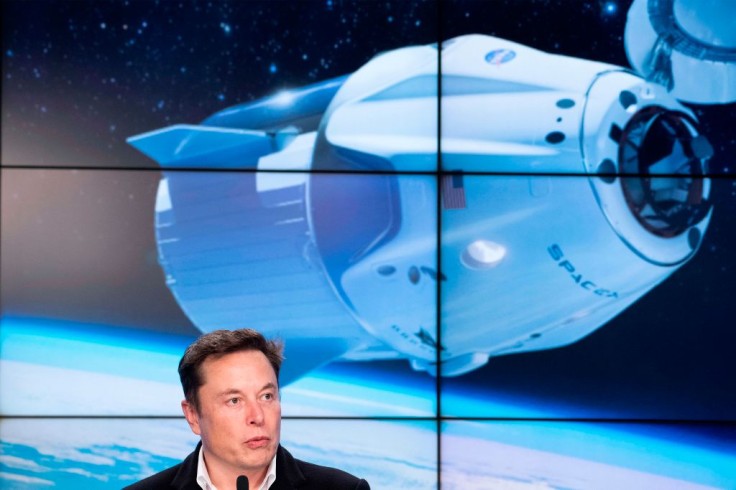
NASA and SpaceX are now prioritizing finding a solution to lagging parachutes on SpaceX's Crew Dragon capsule, which is critical for landing spacecraft when it returns from orbit.
Dragon Capsule's Parachute Problem
According to SpeceNews, an uncrewed SpaceX CRS-24 cargo ship splashed down off the coast of Florida on Jan. 24 and encountered a delayed deployment of one of its four primary parachutes as it descended to the surface.
The delayed opening did not prevent the capsule from splashing down and finally becoming completely inflated, but a similar scenario occurred on November 8, 2021, when a Dragon spacecraft carrying NASA's Crew-2 passengers splashed down in the Pacific Ocean.
According to SpaceNews, the crew made a safe landing, however one of their capsule's four primary parachutes deployed around 75 seconds later than the other three.
According to a NASA official, Josh Finch, during the return of the SpaceX CRS-24 mission, teams noted a single main parachute that lagged during inflation, similar to the return of the Crew-2 mission.
At splashdown on both missions, the vertical descent rate remained within the system design margins, and all four primary parachutes were fully deployed prior to splashdown on both missions.
According to Finch, NASA and SpaceX are collaborating to study pictures from the CRS-24 splashdown and actual hardware from the spacecraft's parachute system to determine how well the spacecraft performed.
Dragon Is Still Safe
Though they may be downplaying the severity of the situation, both spaceflight partners have stated that the parachutes are still operating securely despite the abnormal behavior.
Following that, representatives from both NASA and SpaceX convened a news conference to discuss the parachutes in advance of SpaceX's next crew mission on the Dragon spacecraft. NASA and SpaceX have both stated that they are studying the data to better understand the behavior.
NASA and SpaceX assert that the Dragon can land successfully even if the fourth parachute is never deployed.
As reported by The Verge, during a press briefing, NASA's Commercial Crew Program manager, Steve Stich, who is in charge of Dragon, stated that the spacecraft could land with one parachute completely missing and still be certified do so successfully.
An Opportunity For Learning
There was no difference in the success of the missions in either circumstance; both Dragons splashed down without incident.
NASA and SpaceX, on the other hand, are investigating the situation to ensure that it is thoroughly understood in advance of future crewed Dragon flights.
Space.com stated that, during the recent conference, Bill Gerstenmaier, vice president of build and flight reliability at SpaceX, stated that this is an excellent opportunity for their team to learn from this.
He added that having two sets of data that are so close is "almost a gift," emphasizing that the inquiry will improve engineers' understanding of Dragon's parachutes, which will ultimately result in the system being safer and more resilient.
In a statement, Gerstenmaier also stated that this would be thoroughly probed, somewhat similar to what they did in a fairly quick manner after Crew-2.
The Dragon can land safely with only three of its primary parachutes operating correctly, according to NASA Commercial Crew Program Manager Steve Stich.
The fourth chute is probably not even essential, strictly speaking, Stich said.
According to Gerstenmaier, the CRS-24 Dragon's descent rate was nearly identical to that of earlier Dragons that returned to Earth with four main chutes that all inflated on schedule.
Consequently, the parachute issue does not raise any safety issues.
This is more of a learning exercise to see how their teams can better their design and engineering understanding of parachute functioning in the future.
Related Article: NASA's Hubble Images Captures The Dwarf Galaxy; The Galactic Oddball









